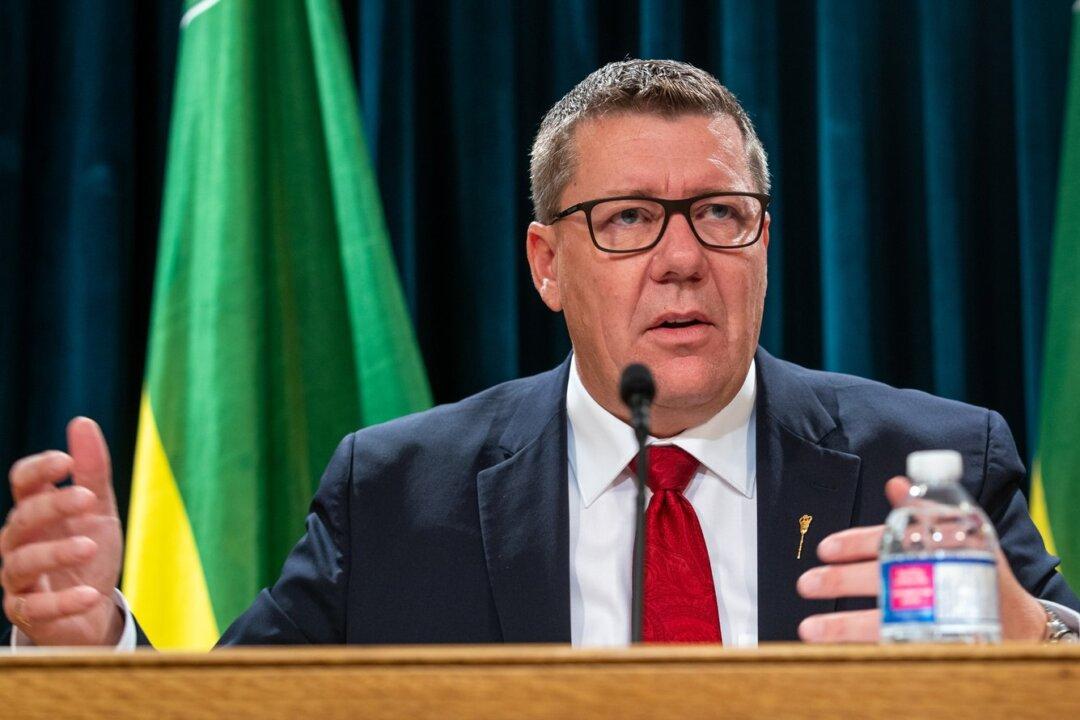Canadians are in for another spectacular sky show this August as the Perseid meteor shower takes over the skies.
What Is the Perseid Meteor Shower?
Meteor showers are created when small particles, about one millimetre in size, enter the earth’s atmosphere and burn up, Brown says on the Western University website. When these meteors enter the atmosphere, they are travelling at 60 kilometres per second and burn up as they collide with molecules.Best Places to See Perseid Meteor Shower
Brown said the best place to see the Perseid meteor shower is in a dark location, away from city lights, and the best time to see the meteors will be after midnight when the sky is the darkest.They will be most active during the night of Aug. 11 into the morning of Aug. 12, he said, and during these times, viewers can see dozens of meteors per hour.
“This is the absolute best time to watch the shower. No special equipment is needed, just look up and be patient.”
Brown said the meteors will be visible across the sky, and that viewers do not need to look in any particular direction.
Heading outside of urban centres and finding local dark sky reserves is the best way to know where to catch the meteor shower near you.
H.R. MacMillan Space Centre Society, Vancouver
In anticipation of the meteor shower, Vancouver’s Space Centre is having a primer show on Aug. 9 in the planetarium’s Star Theatre. For those who cannot make it to the show, the observatory at the centre is open for sky viewing.Cypress Hills Interprovincial Park, Saskatchewan
Hosted by the Saskatoon and Regina Centres of the Royal Astronomical Society of Canada, the Saskatchewan Summer Star Party will feature guest speakers and sky observations between Aug. 7 to Aug. 11.Point Pelee National Park, Ontario
The dark night skies at Point Pelee National Park will be open from Aug. 9 to 11 for those wanting to see the meteor shower. Guests have the option of purchasing a ticket to access the park late at night to witness the event. The Royal Astronomical Society of Canada is hosting the event.Manitoulin Eco Park, Ontario
The dark sky preserved at Manitoulin Eco Park is hosting Perseid meteor shower nights from Aug. 11 to 13. Experienced astronomy guides will be onsite to help viewers get the most from the experience.Montreal Centre, Quebec
Montreal’s chapter of the Royal Astronomical Society of Canada (RASC) is hosting a free public show of the meteor showers on Aug. 10 at the Montreal Centre. Speakers will discuss the origins of the Perseids and how to watch them. There will also be a time to view the dark sky for meteors.Mount Carleton Provincial Park, NB
RASC members in New Brunswick are hosting a star party at the Mount Carleton Provincial Park from Aug. 9 to 10. Several telescopes will be set up where people can get a closer look at the sky show.Virtual Show
For those who are not able to find a dark sky space, there is a virtual show of the meteor showers by the Virtual Telescope Project, which is a group of skygazers from around the world. The Perseid meteor shower can be viewed online on Aug. 12 and 13.Tips for Photographing the Meteor Shower
For those looking to grab a photo of the light show, here are some things to keep in mind.To keep your camera or phone steady, use a tripod. It will help you avoid blurry images. It’s also important to set the tripod on a stable surface.
Adjust your camera settings for low-light photography. There may be an automatic setting in your digital camera, or you can set it manually by adjusting the ISO to 800 or more. This will allow more time for light to hit the sensor, which will improve the image quality.
Consider using burst mode on your digital camera. This setting takes multiple pictures when you hit the button. It improves your chances of getting at least one good photo that captures the show.







